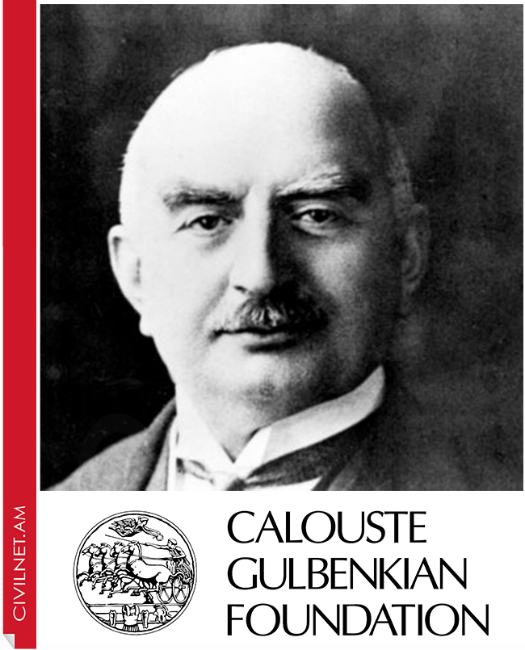
This year, for the first time ever, the Calouste Gulbenkian Foundation organized Armenian Culture Week in Lisbon. A number of concerts, lectures, seminars and exhibitions took place on October 12-19, 2014. According to Razmik Panossian, Director of the Armenian Communities Department at the Gulbenkian Foundation, it was an opportunity to present Armenian culture and history to a wider audience.
A roundtable, “More than Mr. 5%: The Early Life of Calouste Gulbenkian” focused on the life and times of Gulbenkian. President of the Calouste Gulbenkian Foundation, Artur Santos Silva presided over the proceedings. The Director of the Library and Archives, Ana Paula Gordo, presented artifacts from their archives, including letters from a very young Gulbenkian to his father. Jonathan Conlin, the biographer of Calouste Gulbenkian, presented some of the early findings of his research and finally, Martin Essayan, Gulbenkian’s great-grandson and Trustee spoke about openness, cooperation and effectiveness.
The formal opening of the “Networks of Circulation and Exchange: Armenian, Portuguese, Jewish and Muslim Communities from the Mediterranean to the South China Seas” conference took place,emphasizing the spirit of cooperation and collaboration, as well as the parallels between Armenian and Portuguese history. The keynote speaker, Professor Sebouh Aslanian, a historian from UCLA, spoke about Armenian merchants and their international networks in the 17th and 18th centuries. Another roundtable, attended by nearly 80 people, was on the topic of “Armenian Music: Past and Present.”
Several concerts, highlighted traditional and classical Armenian music. Armenia’s Shoghaken Ensemble, chamber music by Gulbenkian Orchestra soloists and their guests, performing pieces by Arno Babajanian, Tigran Mansurian and Komitas, orchestras and soloists presented Armenian music to spectators. Additionally, the premier of the documentary film “ARtMENIA” by Ricardo Espirito Santo took place. The film introduced Armenian history, culture and traditions, accompanied by the music of Tigran Mansurian.
Two international seminars were also hosted by the Foundation. The first, brought together 35 leaders and prominent thinkers in the Armenian world to discuss strategies for the future. Under the rubric of “Armenians at 2115,” the invitation only seminar was meant to take the first steps in creating a strategic vision and fostering long term planning. The second seminar was an academic gathering on the topic of “trade networks.” Some 40 international experts focused on the use of commodities and paper instruments in the early modern period. Some of the top experts in the field were present, along with younger colleagues researching the topic. Comparisons were drawn between Armenian, Portuguese and other trade networks.
Two key exhibitions, the first, “More Than Mr.5%: The Early Life of Calouste Gulbenkian” focused on the life of Calouste Gulbenkian and the second, “Arshile Gorky and the Collection” focuses on Gorky’s surrealist work ‘in conversation’ with other modernists of his period.
